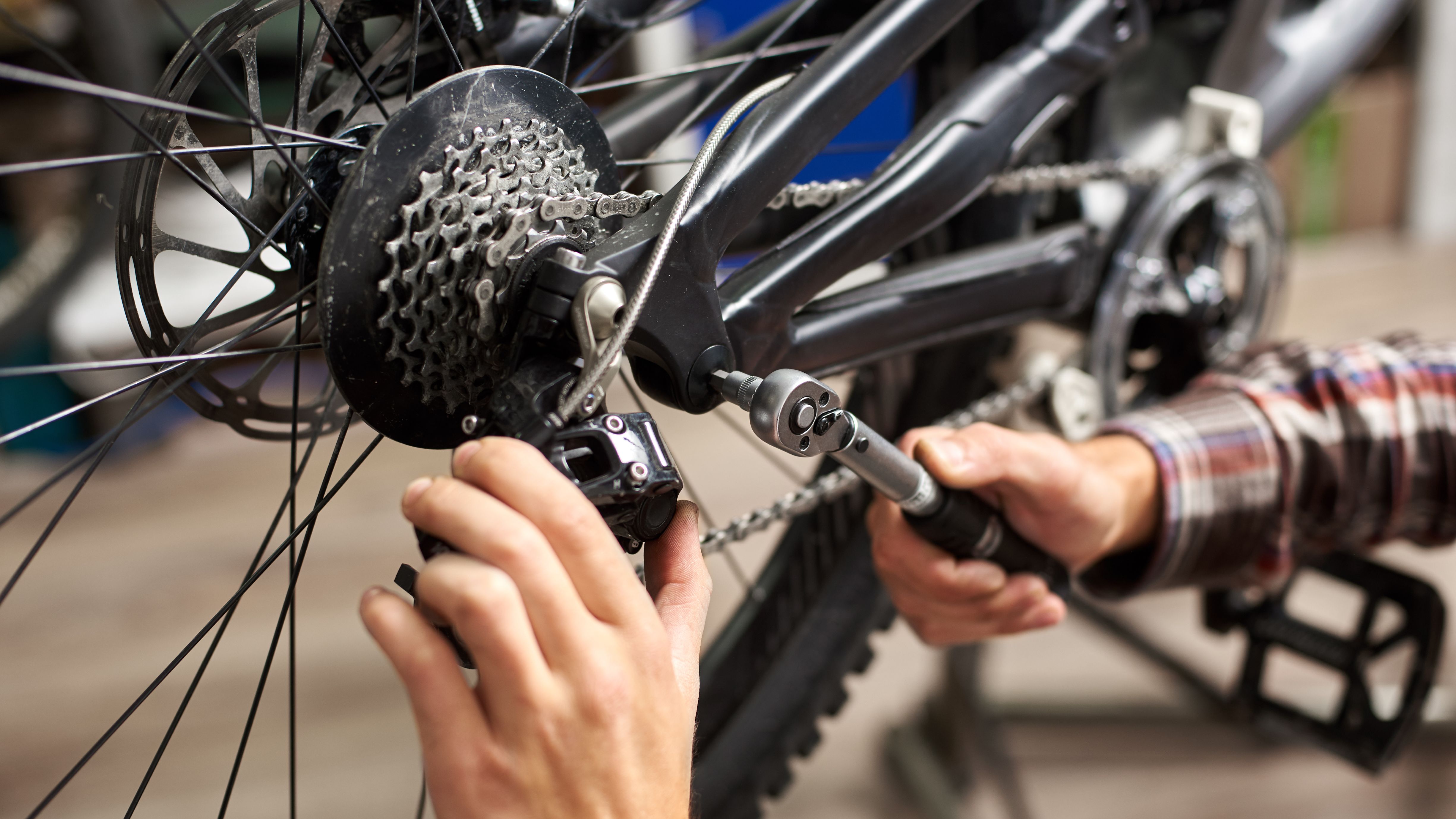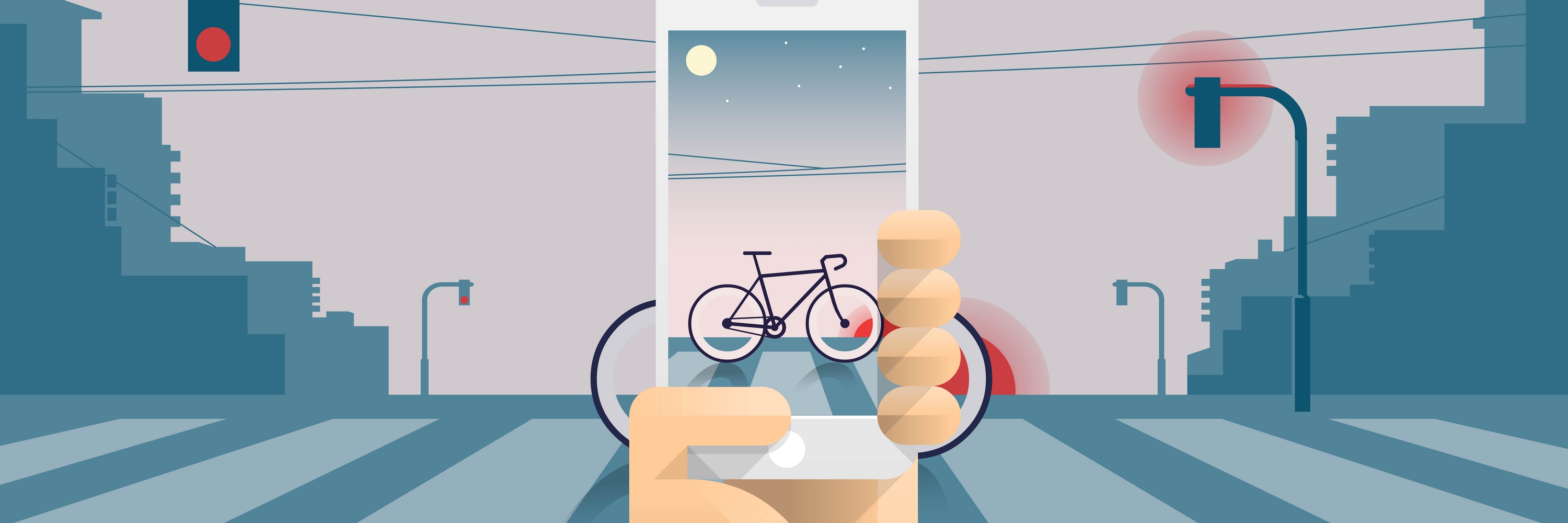
Important Factors to Consider When Buying a Bike
Choosing the Right Bike: A Comprehensive Guide
Starting your search for the perfect bike can be a bit overwhelming, especially with so many different options to choose from. But don't worry! We're here to guide you through this process.
Below, we've provided a detailed text guide designed to assist you on your journey to find the perfect bike. This guide, while not entirely comprehensive, presents some key steps and useful tips to help you understand the important aspects to consider when choosing a bike, whether new or used.
These tips aim to narrow down your choices and guide you towards finding the bike that's just right for you. Think of this guide as a good starting point for learning what will work best for you in your quest for the perfect bike.
However, if you'd prefer a quicker, more interactive approach, we've got you covered! We've a user-friendly, clickable guide that can lead you to the best bike for your needs in just a few clicks. By clicking on the "Tools" at the top of the website, our "Bike finder" will appear together with other tools. So why not give it a try?

Bike Finder tool
Step 1 – Determine What Type of Riding You Will be Doing
Every bike is designed for a specific style of cycling, so the first step in choosing the right bike is to decide what type of riding you'll be doing.
Are you looking to join a group for road rides? Or perhaps you need a bike for commuting around town or long-distance touring? Maybe you're excited to tackle the trails at your local bike park, hit up a pump track, or simply spin laps in the park for exercise. Or are you just looking for a stylish ride to the local cafe or a fun bike to ride with the kids?
Assessing your needs and intentions will quickly set you in the right direction. Remember, with some exceptions, most bikes can be adapted to fit your needs. For example, an older non-suspension mountain bike can be transformed into a durable commuter bike with a simple tire swap. Knowing what kind of riding you plan to do will help you narrow down the selection and find the bike that's perfect for you.
Step 2 – Sizing Up
Finding the correct bike size is essential for comfortable, confident, and safe cycling. Bikes come in many sizes and choosing the right one depends on factors like your height, inseam length, riding experience, and flexibility.
The first thing to check is the "standover height", which is the height of the top tube in relation to the ground. You want enough clearance to ensure you can safely stand over the bike. If you slide forward off your saddle, you should be able to land with your feet on the ground without hitting the bike.
Another important factor is the "cockpit length", which is the distance between your saddle and handlebars. If the bike is too big or too small, you might feel stretched out or cramped up, respectively.
We've developed a frame size calculator to assist you in making your choice. This handy tool can help you determine the best fit for you.

Aanbevolen framemaat

Additionally, we have another blog post - "The ultimate guide" dedicated solely to helping you choose the right frame size.
Step 3 – Set Your Budget
Determining your budget is a crucial step in the process of choosing your bike. Now that you know your needs, you can set a price range and start looking for bikes that fall within it. Remember, your bike doesn't have to be brand new. Many high-quality bikes are available second-hand or used.
On our bikes page you can filter by price and many other preferences to find the bike that best fits your requirements and budget.

Money piggy bank
Step 4 – Consider Parts and Accessories
Once you've chosen the right bike, it's time to think about parts and accessories. Bikes are often sold with only the essentials for riding, so you'll need to decide what additional items you want. Common additions include water bottle cages, lights, pumps, locks, cycle computers, and different saddles or pedals.
It's also important to pay attention to the details of your bike. Look for mounting points for things like racks and fenders. Consider the space between the tires and the frame or fork - is there enough room for a conventional fender, or will you need a special low-profile or customized one?
Keep in mind the accessories you plan to use and imagine how they might fit on your bike. Remember, there are countless compatibility scenarios, so it's important to consider these details when choosing your bike.
Step 5 – Maintenance
Just like cars and electronics, bikes need regular maintenance. It's crucial to maintain your bike properly and consistently with the right tools. Here's a quick guide to keeping your bike in top shape:
The ABC Bike Check: Air, Brakes, Chain
- Air: Check your tires are properly inflated - they should feel firm when pressed. Ensure quick-release levers and thru axles are tightened correctly.
- Brakes: Test your brakes to ensure they engage smoothly and effectively. Inspect your brake pads for wear.
- Chain: Ensure the chain runs smoothly through the cassette and derailleur, lubricate if necessary. Check the crank arms aren't loose.
Securing Bike Bolts
Your bike is held together by many nuts and bolts. Keep them properly tightened to prevent wear and tear, poor performance, and safety hazards. Refer to your owner's manual for correct torque specs

Bike maintenance
Cleaning and Lubricating Your Bike
Regular cleaning and lubrication are crucial for good performance. Clean your bike more frequently if you ride in wet, muddy conditions, or ride hard and fast. Lubrication protects moving parts from wear, freezing, and rust. However, avoid over-lubricating as it can attract dirt and cause damage.
NEED A NEW OR SECOND-HAND ?
Check out our bikes store.
Shop Bikes
FIND OUT MORE:
How to choose (and check) a second-hand bike
Frame sizes: The ultimate guide
E-bikes: are they really sustainable?
Bike locks: How do I choose the right one?! The ultimate guide.



